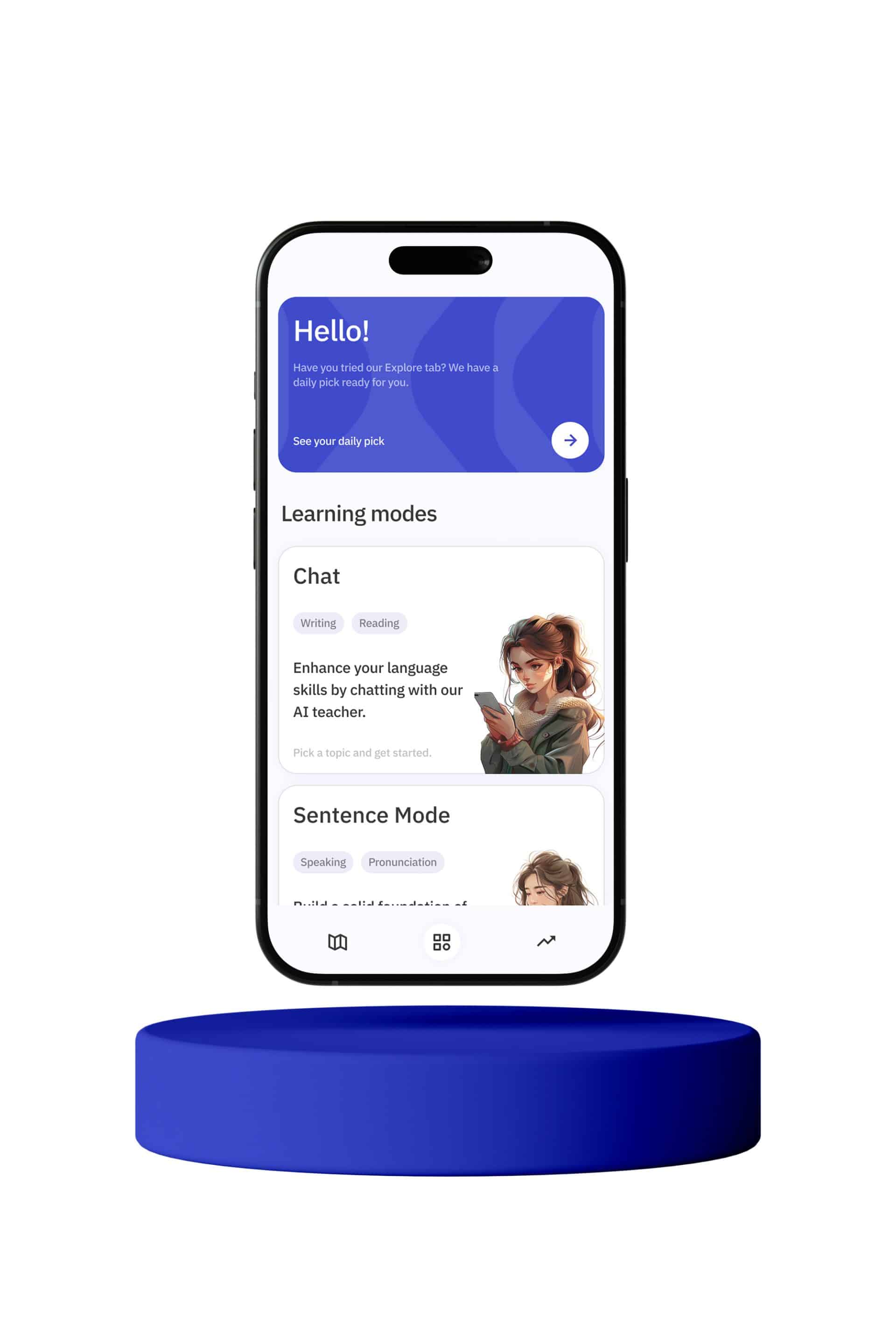Learning a new language can be both exhilarating and challenging. One of the significant hurdles language learners face is understanding the nuances of prepositions. In Hebrew, two commonly used prepositions are “ב” (in) and “ל” (to). These prepositions are integral to sentence structure and meaning, and mastering their use is crucial for effective communication in Hebrew. This article will delve into the use of “ב” and “ל,” providing examples and context to help you grasp their functions.
Understanding “ב” (in)
The Hebrew preposition “ב” is primarily used to indicate location or time. It can be translated to “in,” “at,” or “on” in English. Here are some contexts in which “ב” is used:
Indicating Location
When you want to specify where something is situated, “ב” is your go-to preposition. For example:
– אני גרה בירושלים. (Ani gara beYerushalayim.) – I live in Jerusalem.
– הספר בתיק. (HaSefer batik.) – The book is in the bag.
In these sentences, “ב” helps describe the location of a person or an object.
Indicating Time
“ב” is also used to specify time, often equivalent to “in” or “on” in English:
– אנחנו נפגש בשבת. (Anachnu nifgash beShabbat.) – We will meet on Saturday.
– בבוקר אני שותה קפה. ( Baboker ani shoteh kafeh.) – In the morning, I drink coffee.
Here, “ב” is used to pinpoint a specific time when an action occurs.
Idiomatic Expressions
There are also several idiomatic expressions and common phrases in Hebrew that use “ב”:
– בסדר (b’seder) – All right.
– בשמחה (b’simcha) – With pleasure.
Understanding these idiomatic expressions can enhance your fluency and make your speech sound more natural.
Understanding “ל” (to)
The Hebrew preposition “ל” is used to indicate direction, possession, purpose, and more. It can be translated to “to,” “for,” or “towards” in English. Here are some typical uses of “ל”:
Indicating Direction
When you want to express movement towards a place or a person, “ל” is used:
– אני הולך לבית הספר. (Ani holech lebeit ha’sefer.) – I am going to the school.
– היא נסעה לתל אביב. (Hi nas’ah leTel Aviv.) – She traveled to Tel Aviv.
In these examples, “ל” indicates the direction of movement.
Indicating Possession
“ל” can also indicate possession, similar to the English “of”:
– זה שייך ליוסי. (Ze shayach leYossi.) – This belongs to Yossi.
– החתול לשלי. (Ha’catul leshelly.) – The cat is mine.
Here, “ל” shows that something belongs to someone.
Indicating Purpose
When you want to express the purpose or reason for something, “ל” is used:
– אני צריך את זה לעבודה. (Ani tzarich et ze leavodah.) – I need this for work.
– זה חשוב לבריאות. (Ze chashuv lebriut.) – This is important for health.
In these cases, “ל” helps explain why something is done.
Common Confusions and How to Avoid Them
As a language learner, it’s easy to confuse “ב” and “ל” due to their seemingly overlapping uses. Here are some tips to help you avoid common mistakes:
Context is Key
Always consider the context of the sentence. Ask yourself if the preposition is indicating location, time, direction, possession, or purpose. This will often guide you to the correct choice.
Practice with Examples
The more you practice, the more intuitive the use of “ב” and “ל” will become. Create sentences using both prepositions in different contexts to reinforce your understanding.
Learn Set Phrases
Some phrases and expressions always use a specific preposition. Memorizing these can help you avoid mistakes. For example, “ב”סדר” (b’seder) and “ל”שלום” (le’shalom) are set phrases that always use their respective prepositions.
Exercises for Practice
To solidify your understanding, try these exercises:
Fill in the Blanks
Choose the correct preposition (“ב” or “ל”) to complete the sentences:
1. אני הולך ___ (b/l)עבודה.
2. הספר ___ (b/l)שולחן.
3. אנחנו נפגש ___ (b/l)ערב.
4. זה שייך ___ (b/l)רינה.
5. היא נסעה ___ (b/l)ירושלים.
Translation Practice
Translate the following sentences into Hebrew, using “ב” or “ל”:
1. I live in Tel Aviv.
2. We will meet on Monday.
3. This belongs to David.
4. She is going to the market.
5. He needs this for school.
Conclusion
Mastering the use of “ב” (in) and “ל” (to) is essential for effective communication in Hebrew. By understanding their functions and practicing regularly, you can overcome the challenges and use these prepositions with confidence. Remember, context is crucial, and with time and practice, you’ll find that using “ב” and “ל” becomes second nature. Happy learning!








